Home>Gardening & Outdoor>Landscaping Ideas>How To Grow Grass In Muddy Yard
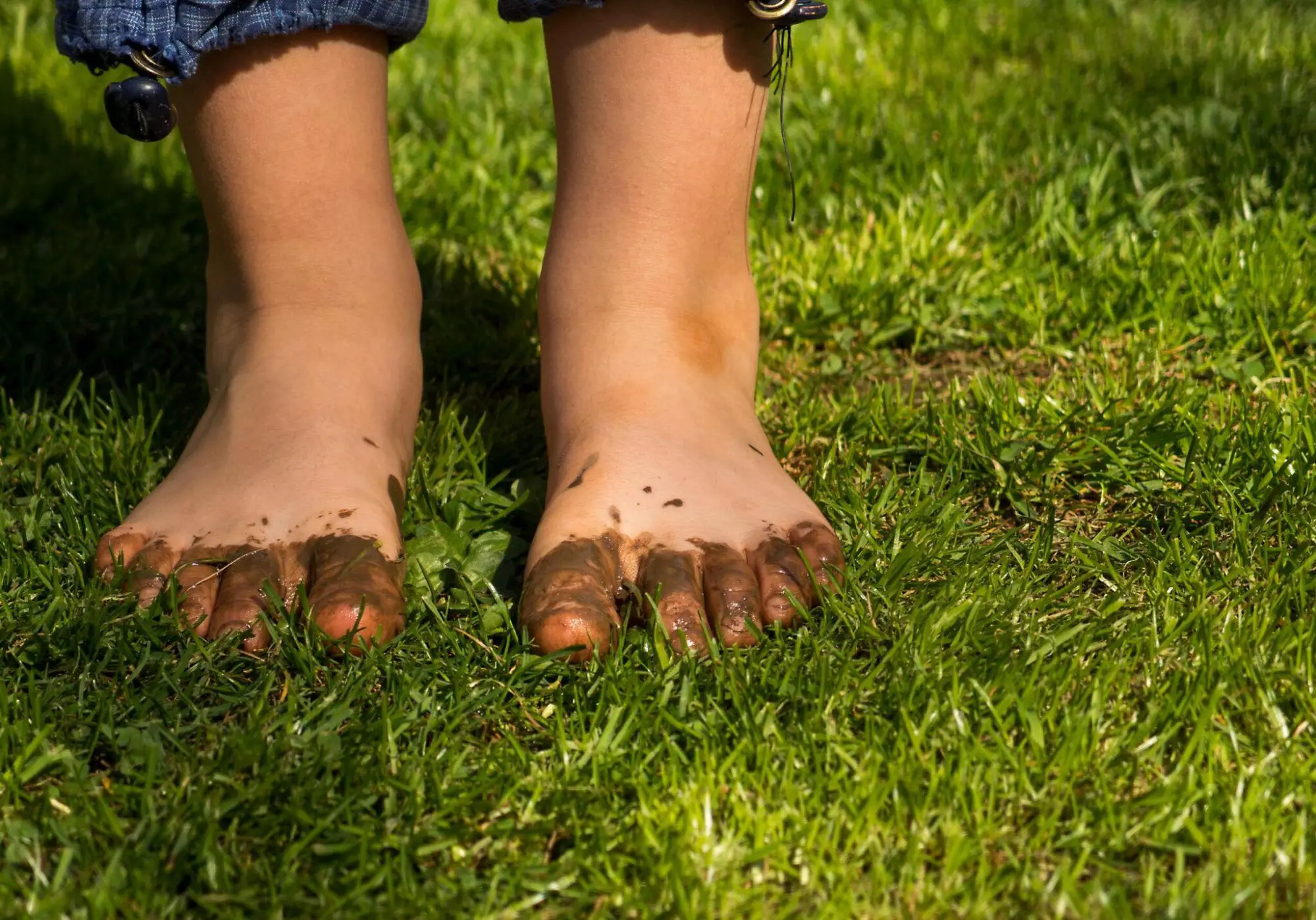

Landscaping Ideas
How To Grow Grass In Muddy Yard
Modified: February 18, 2024
Discover effective landscaping ideas for growing grass in a muddy yard. Learn how to improve your lawn with our expert tips and techniques. Ideal for homeowners seeking a lush and healthy lawn.
(Many of the links in this article redirect to a specific reviewed product. Your purchase of these products through affiliate links helps to generate commission for Storables.com, at no extra cost. Learn more)
Introduction
So, you've got a muddy yard and you're dreaming of lush, green grass under your feet. Well, you're in luck! With a little know-how and some elbow grease, you can transform that muddy mess into a beautiful lawn that will be the envy of the neighborhood.
Dealing with a muddy yard can be frustrating, but it's not an uncommon problem. Whether it's caused by poor drainage, heavy foot traffic, or the aftermath of construction work, a muddy yard can make it challenging to enjoy your outdoor space. However, with the right approach, you can turn things around and create a lawn that not only looks fantastic but also provides a functional and enjoyable outdoor area for you and your family.
In this comprehensive guide, we'll walk you through the process of growing grass in a muddy yard. From assessing the condition of your yard to choosing the right grass seed and implementing proper maintenance, we've got you covered. By the time you're done reading, you'll have all the information you need to tackle that muddy yard head-on and cultivate a vibrant, healthy lawn.
So, roll up your sleeves and get ready to dig in (literally)! It's time to say goodbye to the mud and hello to a lush, green lawn that you can be proud of. Let's dive in and get started on transforming your yard into the outdoor oasis you've always wanted.
Key Takeaways:
- Transform your muddy yard into a lush lawn by improving drainage, preparing the soil, and choosing the right grass seed. With proper planting and maintenance, you can enjoy a vibrant outdoor oasis.
- Assess your yard’s drainage, sunlight, and soil composition to address muddy conditions. Implement effective drainage solutions and prepare the soil for successful grass growth. Choose the right grass seed and follow proper planting and maintenance practices for a thriving, envy-worthy lawn.
Read more: How To Turn A Muddy Yard Into Grass
Assessing the Condition of Your Yard
Before you start the process of growing grass in a muddy yard, it's crucial to assess the current condition of the area. Understanding the underlying causes of the muddy conditions will help you implement the most effective solutions and set the stage for successful grass growth.
First, take a close look at the drainage patterns in your yard. Is water pooling in certain areas, or does it drain away quickly? Poor drainage is a common culprit behind muddy yards, and it can be caused by various factors such as compacted soil, sloping terrain, or the absence of proper drainage systems. Identifying these issues will guide your efforts in improving drainage to prevent future mud problems.
Next, consider the amount of sunlight that reaches different parts of your yard. Grass requires sunlight to thrive, so it's essential to assess which areas receive adequate sunlight and which are shaded for a significant portion of the day. This information will help you select the right type of grass seed that matches the light conditions in each area of your yard.
Furthermore, evaluate the soil composition and quality. Muddy soil is often a result of excessive clay content or poor soil structure, which can hinder grass growth. Testing the soil pH and texture can provide valuable insights into its composition, enabling you to make informed decisions about soil amendments and the types of grass that are best suited for your yard.
Lastly, consider the sources of foot traffic or other activities that may contribute to the muddy conditions. Are there specific pathways or areas where people and pets tend to traverse, causing soil compaction and erosion? Understanding these patterns will allow you to implement strategies to protect the grass in high-traffic areas and promote healthy growth.
By thoroughly assessing the condition of your yard, you'll gain a clear understanding of the underlying issues contributing to the muddy conditions. Armed with this knowledge, you can move forward with targeted solutions to improve drainage, prepare the soil, and select the appropriate grass seed for successful lawn establishment.
Improving Drainage
Effective drainage is essential for preventing and addressing muddy conditions in your yard. By implementing proper drainage solutions, you can mitigate water accumulation and create an environment that is conducive to healthy grass growth. Here are some strategies to improve drainage and combat muddy yard woes:
- Grading and Slope Adjustment: Assess the slope of your yard and make adjustments to ensure that water flows away from the house and low-lying areas. Proper grading promotes efficient water runoff, reducing the likelihood of water pooling and muddy patches.
- French Drains: Installing French drains can be an effective way to redirect excess water away from specific areas of your yard. These underground drainage systems consist of perforated pipes surrounded by gravel, allowing water to seep in and be carried away from problem spots.
- Rain Gardens: Creating a rain garden can help manage excess water while adding aesthetic appeal to your yard. By strategically planting water-tolerant vegetation in low-lying areas, you can absorb and filter water, reducing the impact of muddy conditions.
- Soil Aeration: Compacted soil exacerbates drainage issues, leading to standing water and muddy patches. Aerating the soil using a core aerator can alleviate compaction, allowing water to penetrate the ground more effectively and promoting healthier grass roots.
- Downspout Extensions: Extend downspouts from your gutters to direct water away from the foundation and low-lying areas of the yard. This simple measure can prevent excessive water accumulation near the house, reducing the risk of soil saturation and muddy conditions.
By addressing drainage concerns through these proactive measures, you can minimize the impact of excess water and muddy soil in your yard. Implementing a combination of these strategies based on the specific characteristics of your landscape will contribute to a more favorable environment for growing and maintaining a vibrant lawn.
Preparing the Soil
Creating an optimal environment for grass growth begins with preparing the soil to provide essential nutrients, proper aeration, and a supportive foundation for healthy root development. Here are key steps to prepare the soil in your muddy yard for successful grass cultivation:
- Remove Debris and Weeds: Clear the area of any debris, rocks, and existing weeds to create a clean slate for soil preparation. This step allows for better soil contact when seeding and reduces competition for resources as the grass establishes itself.
- Soil Testing: Conduct a soil test to determine the pH level and nutrient composition of the soil. This information will guide the application of soil amendments, such as lime or fertilizer, to create an optimal growing environment for the selected grass species.
- Loosening Compacted Soil: Muddy soil often becomes compacted, hindering water infiltration and root penetration. Use a garden fork or core aerator to loosen the soil, promoting better drainage and creating channels for air, water, and nutrients to reach the grassroots.
- Applying Organic Matter: Incorporate organic matter, such as compost or well-rotted manure, into the soil to improve its structure and fertility. Organic matter enhances soil aeration, water retention, and nutrient availability, fostering favorable conditions for grass establishment.
- Leveling and Raking: Smooth out the soil surface and create a uniform grade to facilitate even grass growth. Raking the soil helps to break up clumps, remove small rocks, and create a fine, level seedbed for optimal seed-to-soil contact.
By diligently preparing the soil, you set the stage for successful grass growth and long-term lawn health. These preparatory measures create an environment that supports robust root development, nutrient uptake, and overall resilience, laying the groundwork for a vibrant and enduring lawn in your once-muddy yard.
Consider aerating the muddy yard to improve drainage and reduce compaction. Then, choose a grass seed mix suitable for wet conditions and overseed the area. Finally, regularly water and fertilize the new grass to promote healthy growth.
Choosing the Right Grass Seed
When it comes to transforming a muddy yard into a lush, green lawn, selecting the right grass seed is a crucial decision that directly impacts the success of your lawn establishment. Factors such as climate, sunlight exposure, soil conditions, and anticipated use of the lawn should all be considered when choosing the most suitable grass seed for your yard. Here are essential considerations to guide your selection:
- Climate Compatibility: Identify grass species and varieties that are well-suited to your specific climate zone. Whether you experience hot summers, cold winters, or a combination of both, selecting grass seed that thrives in your climate ensures better resilience and long-term success.
- Light Requirements: Evaluate the sunlight exposure in different areas of your yard to determine the light requirements for the chosen grass species. Some grasses are shade-tolerant, while others require full sun, so matching the grass seed to the light conditions in each area is essential for optimal growth.
- Soil Adaptability: Consider the soil composition and drainage characteristics of your yard when choosing grass seed. Some grass species are more adaptable to compacted or poorly-draining soil, while others prefer well-drained loamy soil. Selecting grass seed that aligns with your soil conditions sets the stage for successful establishment.
- Intended Use: Determine the primary use of your lawn, whether it’s for recreational activities, visual appeal, erosion control, or a combination of purposes. Different grass varieties offer specific attributes, such as durability, fine texture, or rapid establishment, catering to diverse lawn usage requirements.
- Maintenance Preferences: Consider your maintenance preferences and capabilities when choosing grass seed. Some grasses require regular mowing, fertilization, and watering, while others are lower maintenance. Selecting grass seed that aligns with your maintenance expectations ensures a more manageable lawn care routine.
By carefully considering these factors and researching the available grass seed options, you can make an informed decision that sets the stage for a thriving lawn in your once-muddy yard. The right grass seed selection paves the way for healthy, resilient grass that enhances the beauty and functionality of your outdoor space.
Read more: How To Grow Grass In My Yard
Planting and Watering
Once you’ve assessed the condition of your yard, improved drainage, and prepared the soil, it’s time to embark on the exciting process of planting grass seed and establishing a vibrant lawn. Proper planting techniques and watering practices are essential for nurturing the seeds and promoting healthy germination and growth. Here’s a step-by-step guide to planting and watering your grass seed:
- Seed Distribution: Evenly distribute the grass seed across the prepared soil using a broadcast spreader or by hand. Be mindful of the recommended seeding rates for the specific grass species you’ve chosen, ensuring thorough coverage for optimal germination and density.
- Seed-to-Soil Contact: After spreading the seed, lightly rake the soil to ensure good seed-to-soil contact. This step promotes seed germination by anchoring the seeds in the soil and facilitating moisture absorption, setting the stage for successful establishment.
- Watering Schedule: Begin watering the newly seeded area immediately after planting. Keep the soil consistently moist but not waterlogged, as excessive water can lead to seed displacement and fungal issues. Light, frequent watering is recommended to prevent the soil surface from drying out and to support germination.
- Maintenance Practices: Monitor the seeded area closely and adjust the watering schedule based on weather conditions. As the grass seedlings emerge and develop, gradually transition to deeper, less frequent watering to encourage robust root growth and drought tolerance.
- Established Lawn Care: Once the grass has established and reached mowing height, adjust your watering practices to promote deep root growth. Water the lawn deeply and infrequently, allowing the soil to dry out slightly between watering sessions to encourage the development of a strong, resilient root system.
By following these planting and watering guidelines, you can foster the successful germination and establishment of your grass seed, setting the stage for a lush, healthy lawn in your once-muddy yard. Consistent care and attention during the early stages of growth will contribute to the development of a resilient and visually appealing lawn that enhances your outdoor living space.
Maintenance Tips
Maintaining a healthy and vibrant lawn in a previously muddy yard requires ongoing care and attention to ensure optimal growth and resilience. By implementing effective maintenance practices, you can nurture your grass, promote lush growth, and address potential challenges that may arise. Here are essential maintenance tips to keep your lawn in top condition:
- Mowing Practices: Set your mower blade at the recommended height for the specific grass species in your lawn. Avoid cutting more than one-third of the grass blade length at a time to prevent stress and maintain the grass’s vigor. Regular mowing promotes a tidy appearance and encourages lateral growth, contributing to a dense, healthy lawn.
- Fertilization Schedule: Follow a fertilization schedule based on the needs of your grass species and the soil conditions. Apply a balanced fertilizer at the recommended intervals to provide essential nutrients for sustained growth and overall lawn health. Consider soil testing to tailor your fertilization approach to the specific requirements of your lawn.
- Weed Control: Monitor your lawn for weeds and implement targeted control measures as needed. Regularly removing weeds by hand or using selective herbicides can prevent weed competition and preserve the uniformity and health of your grass, contributing to a lush and well-maintained lawn.
- Optimal Watering: Adjust your watering practices based on seasonal variations and weather conditions. Deep, infrequent watering encourages deep root growth and drought tolerance, while avoiding excessive moisture that can lead to disease and shallow root development. Water in the early morning to minimize evaporation and promote efficient water uptake.
- Aeration and Dethatching: Periodically aerate the soil to alleviate compaction and enhance air, water, and nutrient movement within the root zone. Dethatching, if necessary, helps maintain a healthy lawn by removing excessive thatch buildup and promoting better water infiltration and root development.
- Pest and Disease Management: Stay vigilant for signs of pest infestations and lawn diseases, and take prompt action to address these issues. Proper lawn care practices, such as mowing at the correct height and providing adequate nutrients, contribute to the overall resilience of the grass, reducing its susceptibility to pests and diseases.
By incorporating these maintenance tips into your lawn care routine, you can foster the long-term health and beauty of your once-muddy yard, transforming it into a thriving and inviting outdoor space for relaxation, recreation, and enjoyment.
Conclusion
Congratulations! You’ve taken the essential steps to transform your once-muddy yard into a vibrant and inviting lawn that enhances the beauty and functionality of your outdoor space. By addressing drainage issues, preparing the soil, choosing the right grass seed, and implementing effective planting and maintenance practices, you’ve set the stage for a successful lawn establishment.
As your grass seed germinates and the lush carpet of green begins to take shape, it’s important to continue providing attentive care to nurture the growth and resilience of your new lawn. Consistent watering, proper mowing, and proactive maintenance will contribute to the long-term health and beauty of your grass, ensuring that your once-muddy yard becomes a source of pride and enjoyment for years to come.
Remember to stay attuned to the needs of your lawn, adjusting your care practices based on seasonal variations, weather conditions, and the specific requirements of your chosen grass species. By maintaining a proactive and attentive approach to lawn care, you’ll enjoy the rewards of a lush, healthy lawn that provides a welcoming outdoor environment for your family and guests.
So, as you gaze upon the transformation of your once-muddy yard into a flourishing green oasis, take a moment to appreciate the dedication and effort you’ve invested in creating a beautiful and functional outdoor space. Your commitment to nurturing and caring for your lawn has yielded remarkable results, turning a challenging muddy situation into a source of natural beauty and enjoyment.
Now, go ahead and kick off your shoes, feel the lush grass beneath your feet, and savor the satisfaction of knowing that you’ve successfully grown a stunning lawn in what was once a muddy, troublesome area. Your perseverance and care have cultivated a thriving green haven, adding a touch of natural splendor to your home and creating lasting memories in your outdoor sanctuary.
Frequently Asked Questions about How To Grow Grass In Muddy Yard
Was this page helpful?
At Storables.com, we guarantee accurate and reliable information. Our content, validated by Expert Board Contributors, is crafted following stringent Editorial Policies. We're committed to providing you with well-researched, expert-backed insights for all your informational needs.
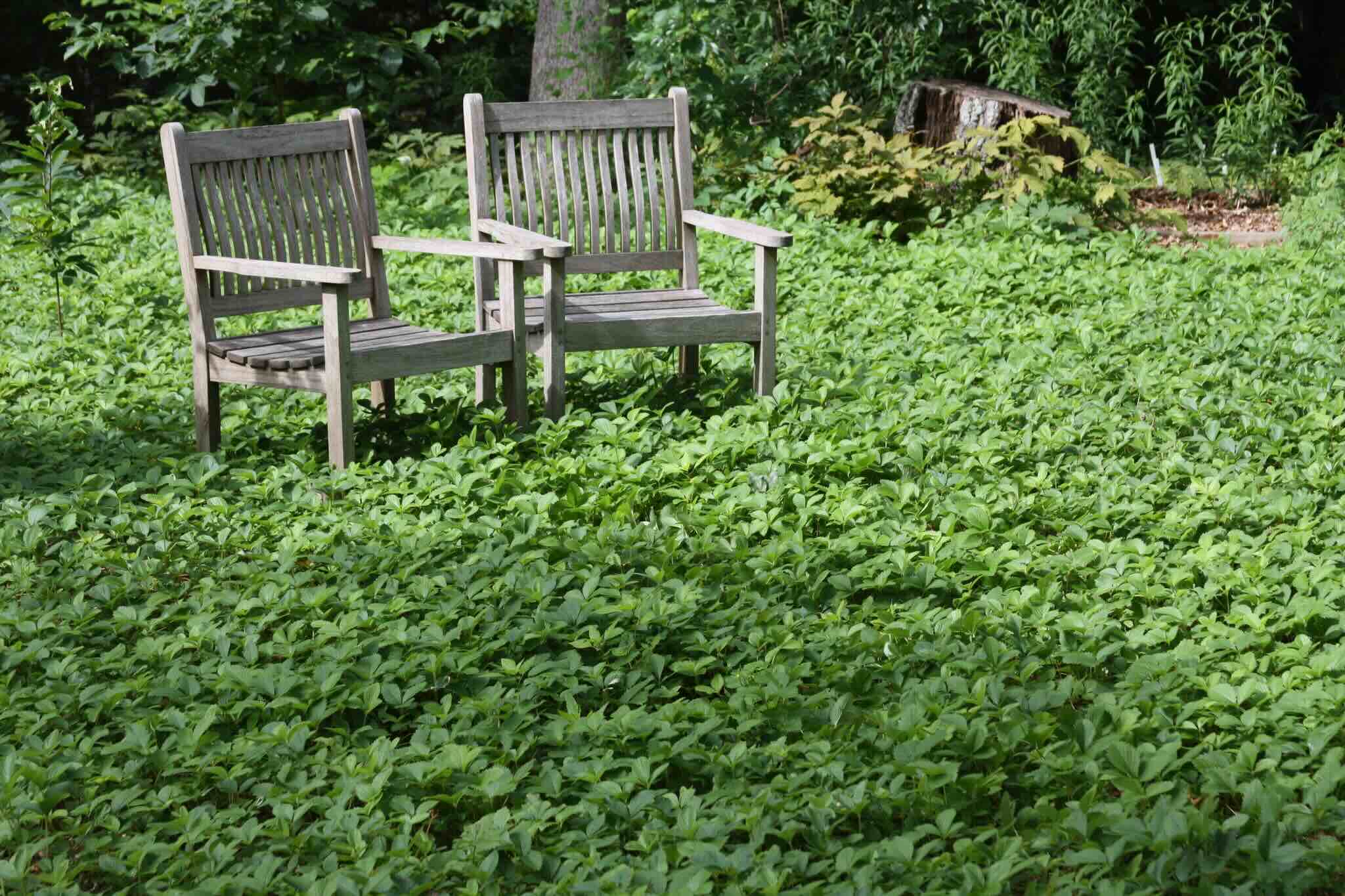
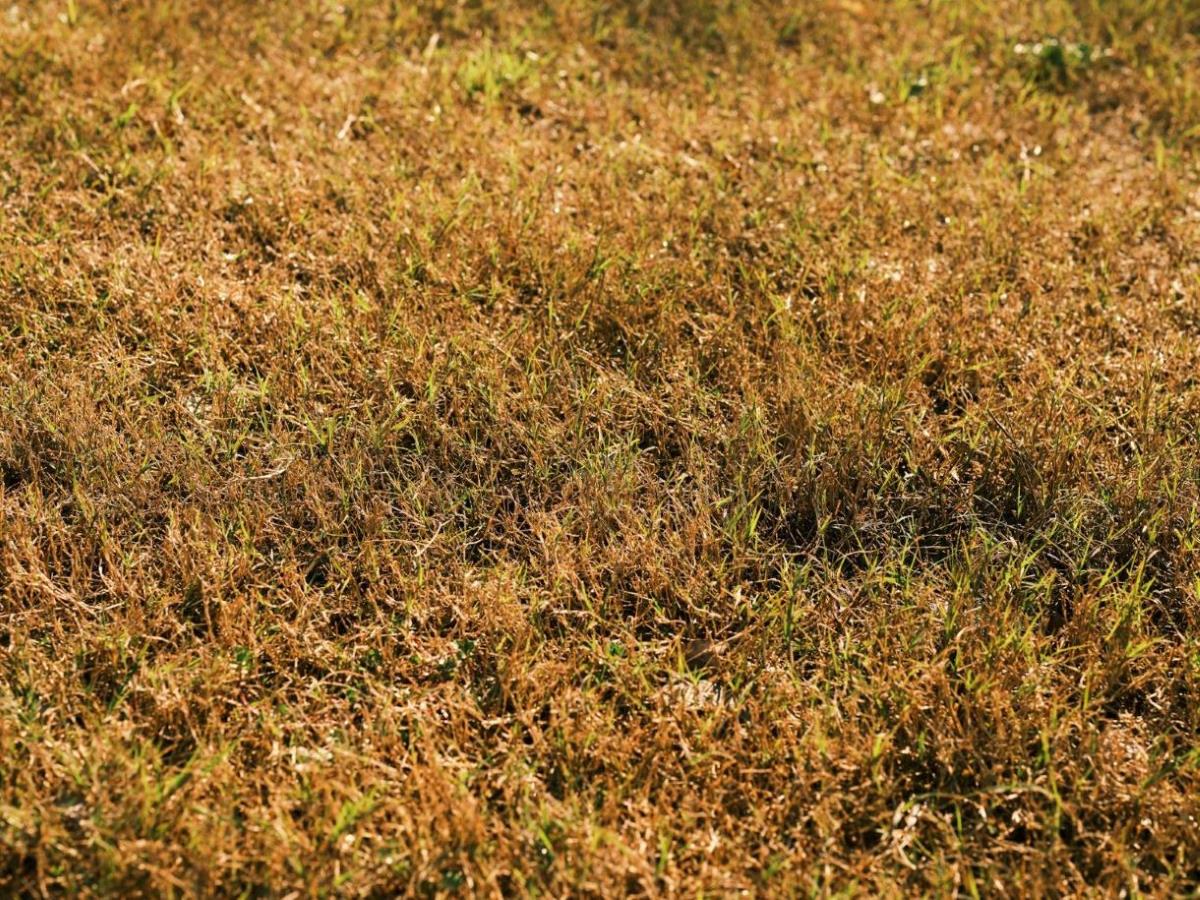
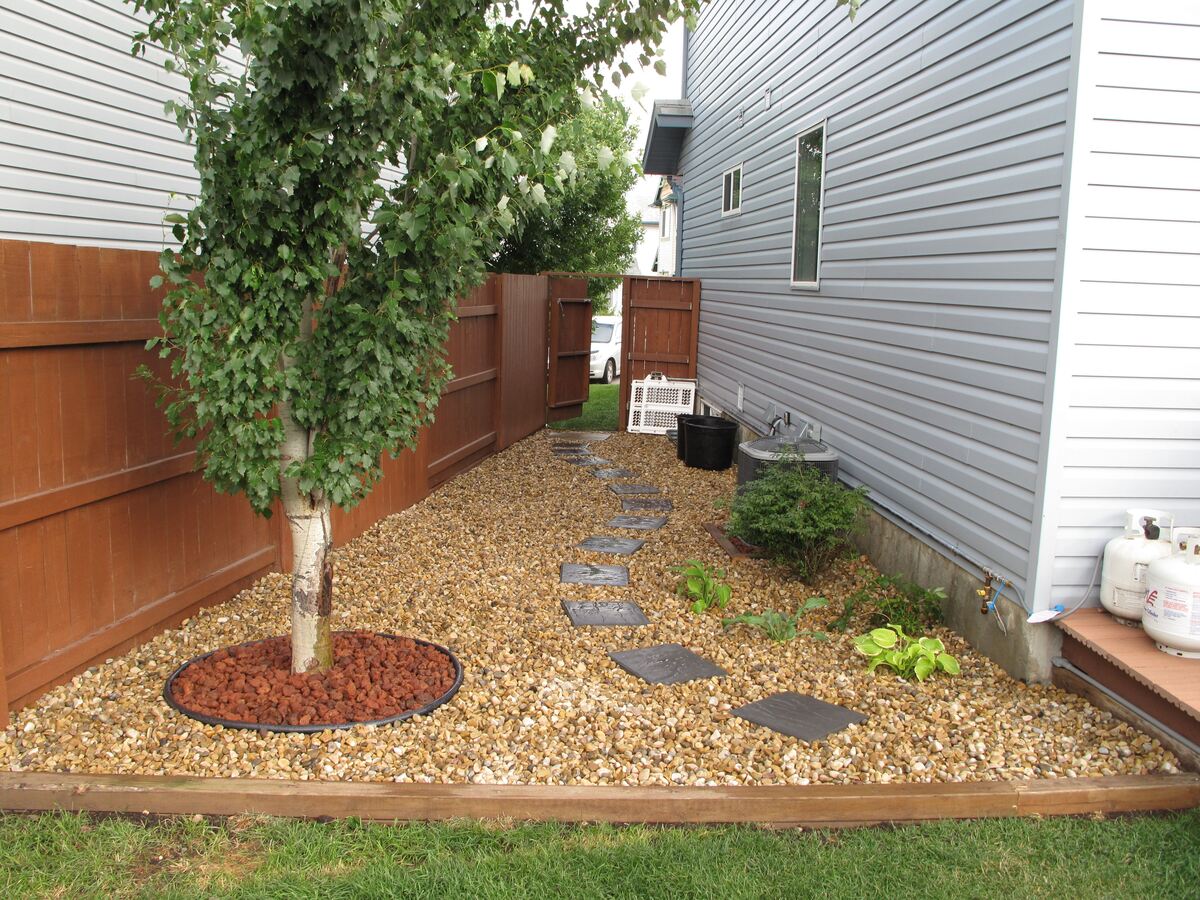
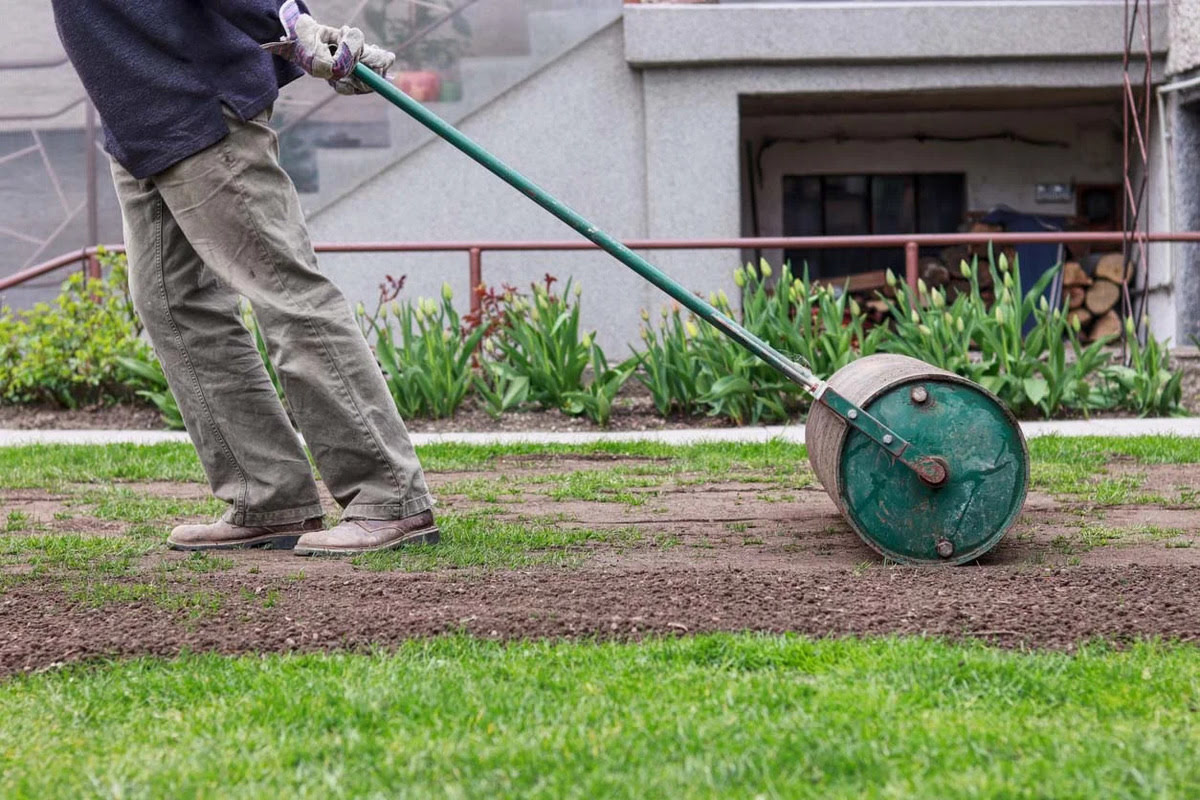
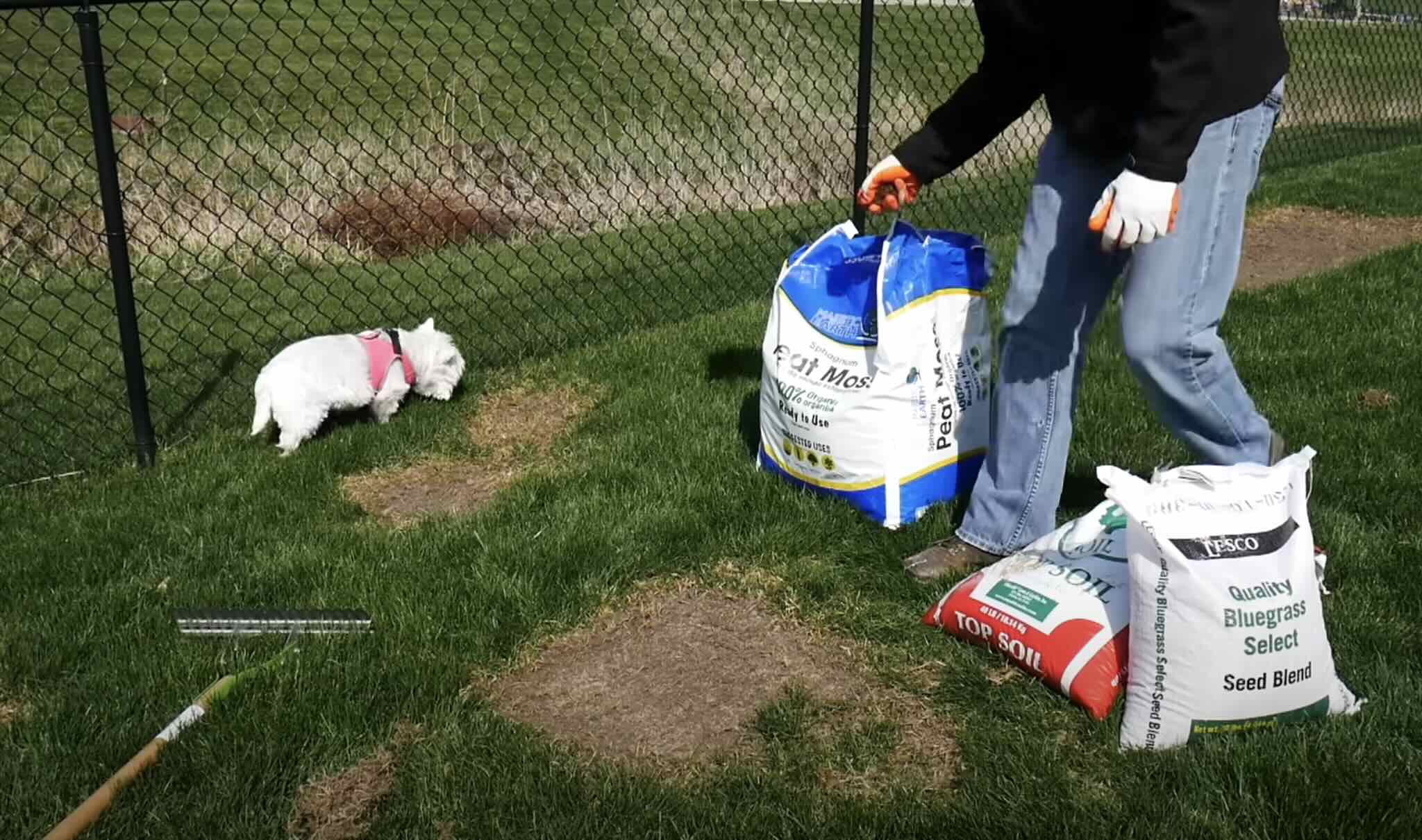


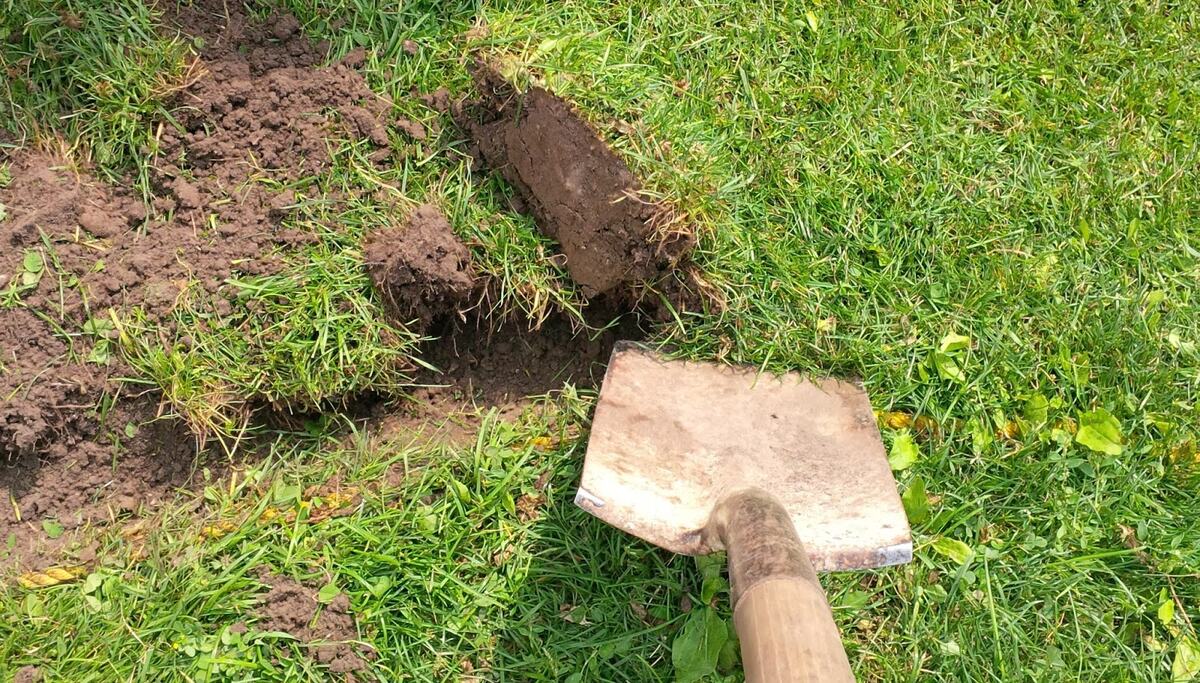
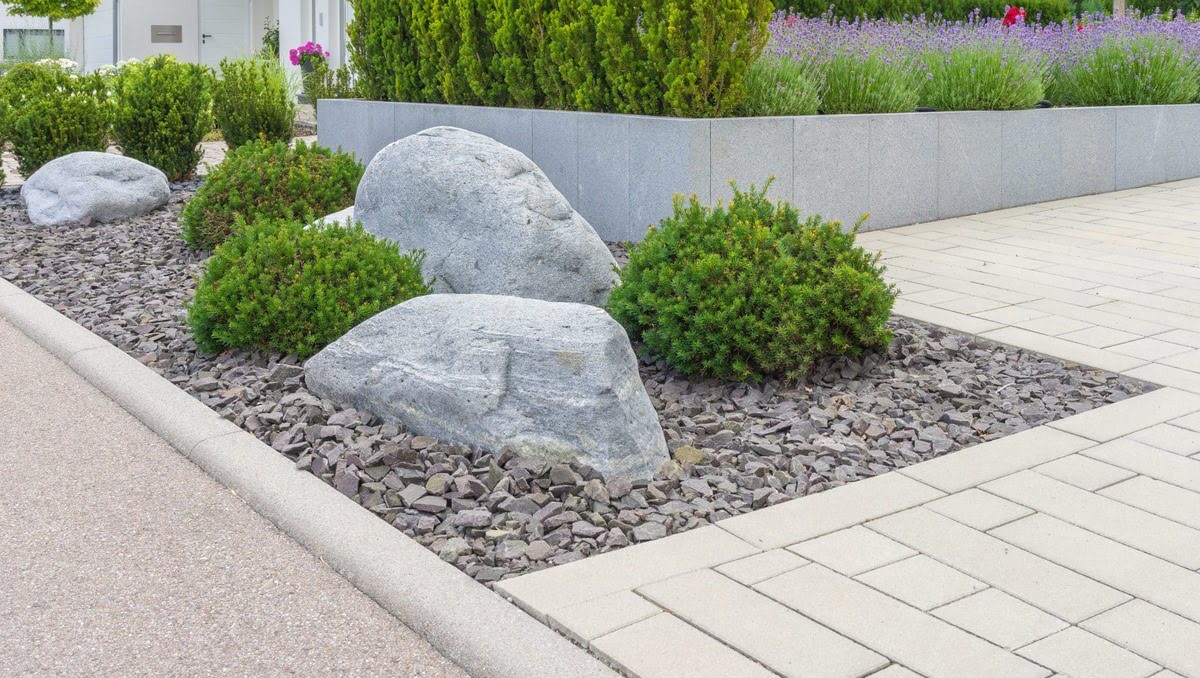
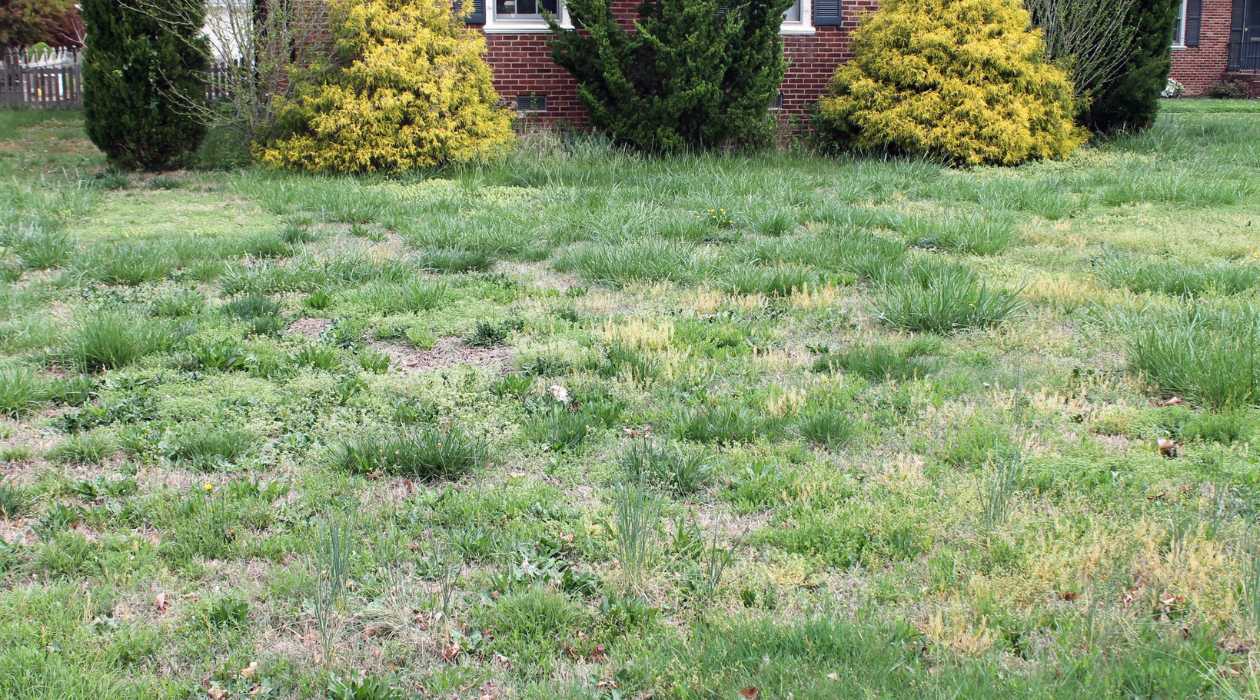
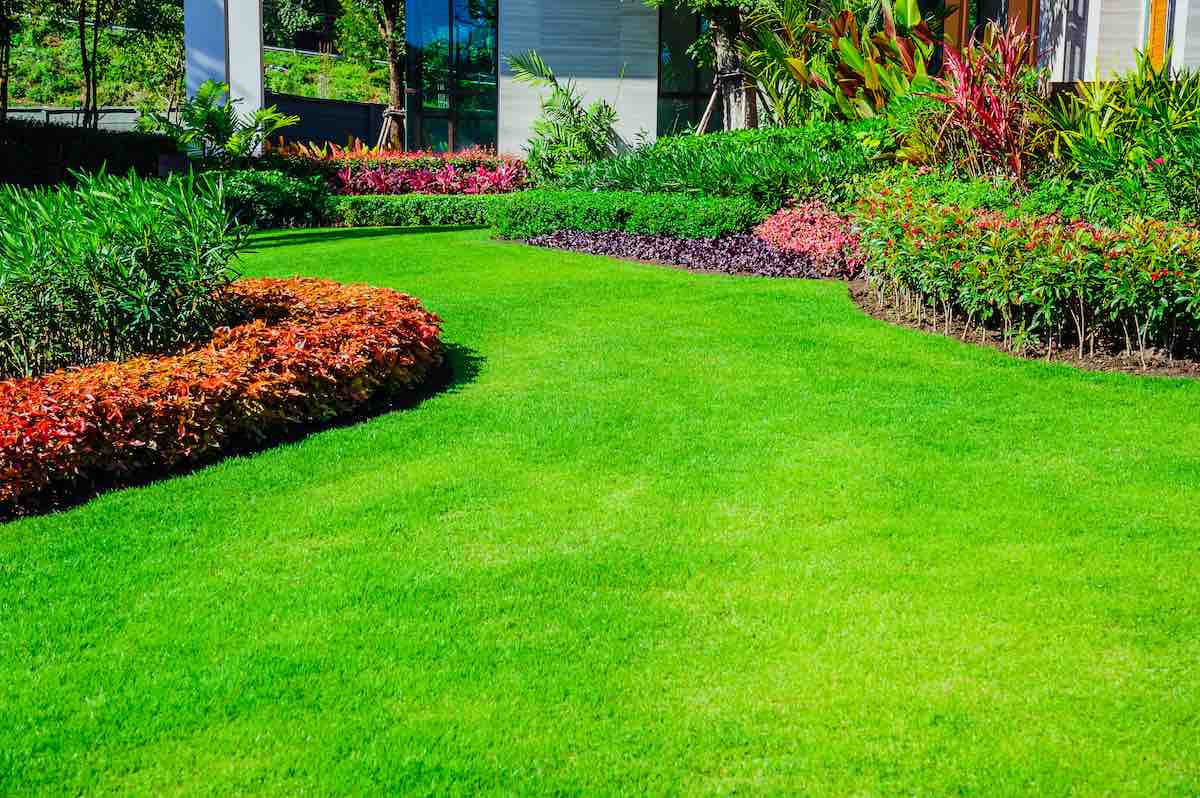
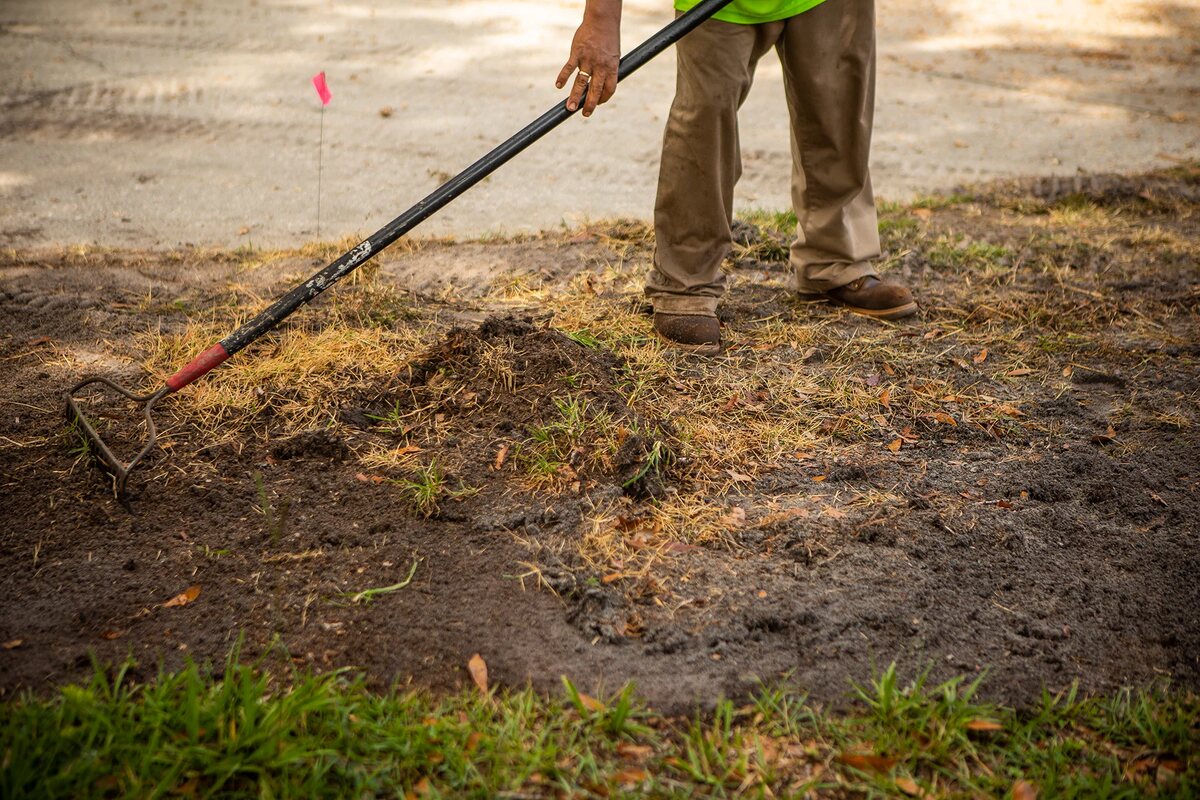

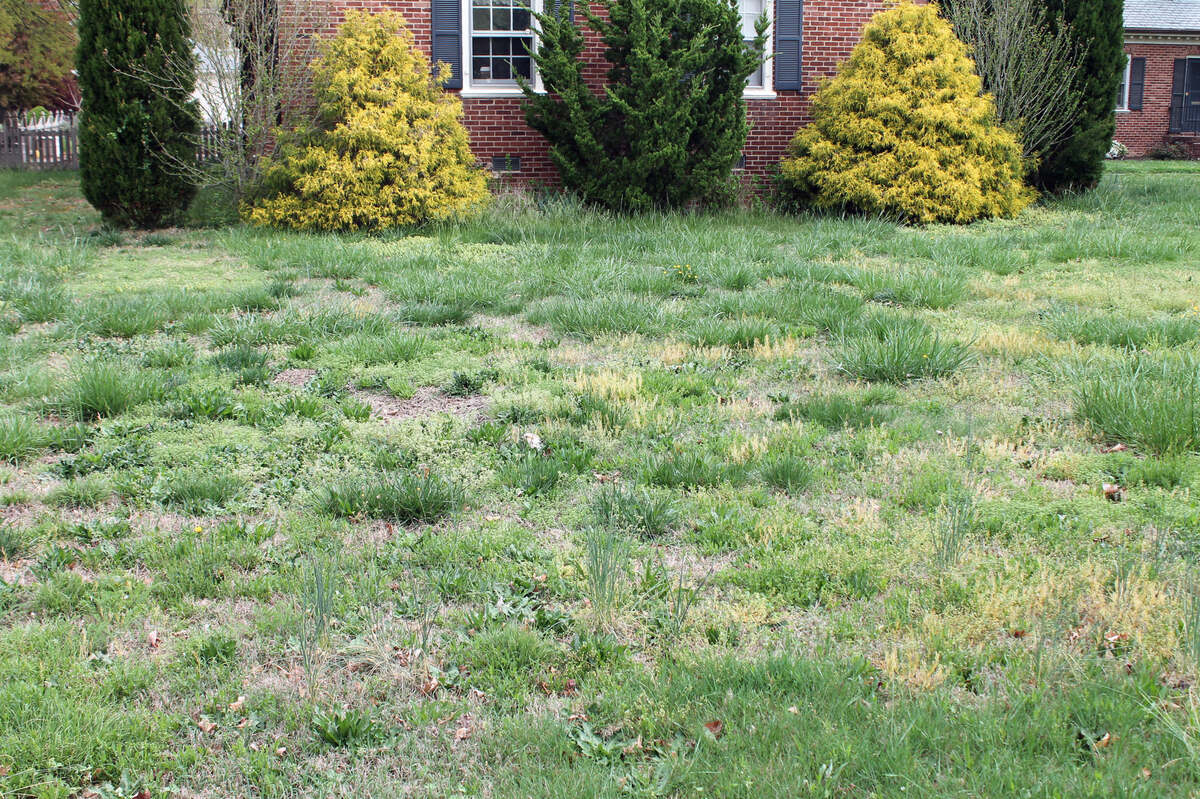

0 thoughts on “How To Grow Grass In Muddy Yard”